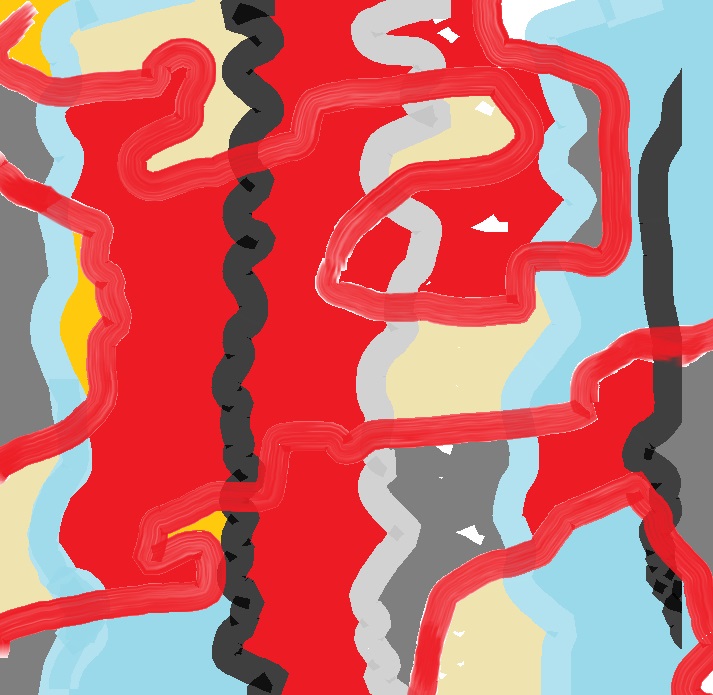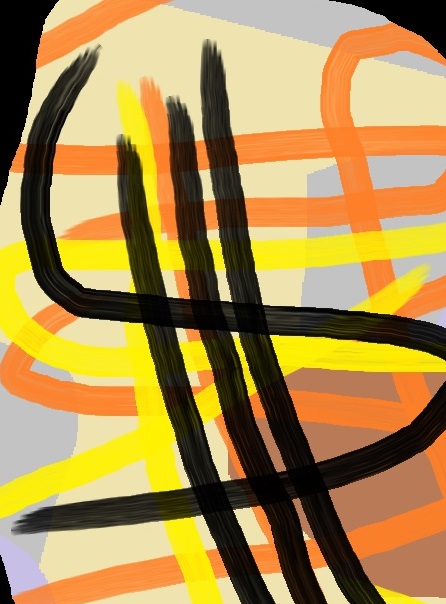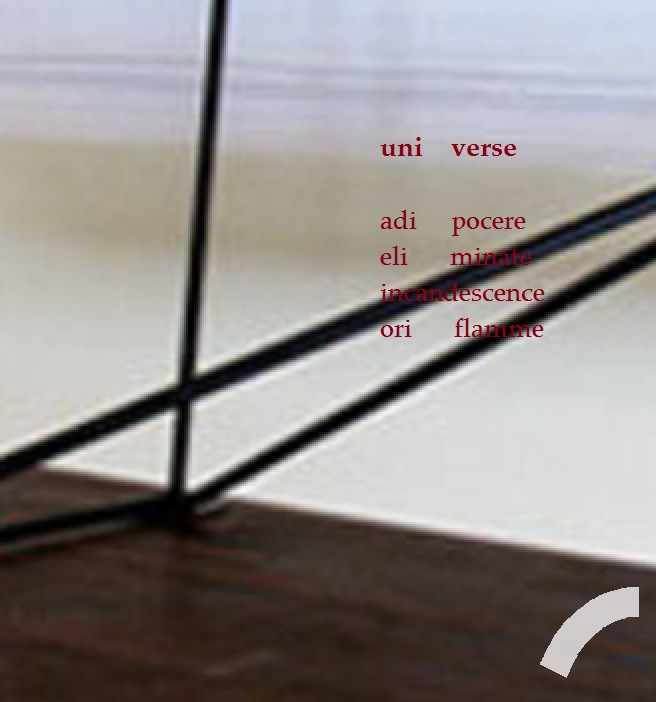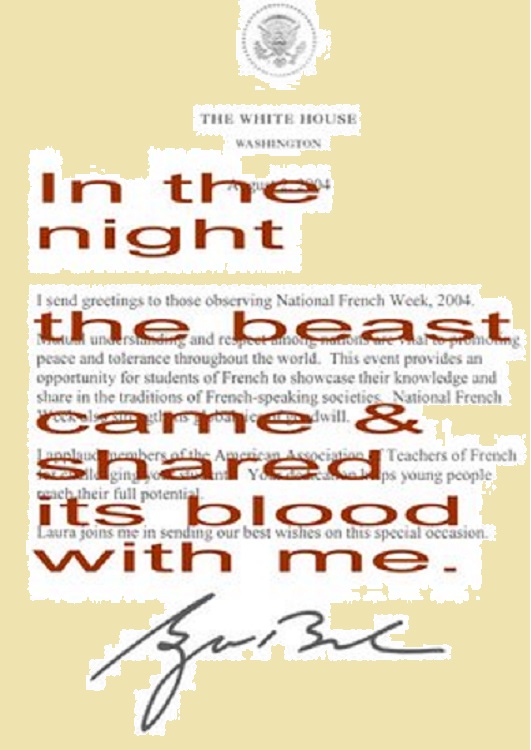Expectations
I demand. I insist. However, my expectation is reasonable. The trillium shall bloom each spring and delight me with delicate, white trinities. They oblige, my devoted subjects.
I made Dad nervous as, I’m fairly certain, he smoked twice as much when I was around. He inhaled sharply, deeply, a generous contribution to his emphysema.
Even my wife once (charitably, only once) used the phrase, “walking on eggshells.” I’ll always harbor this even if she forgot expressing it. I’m sure, I hope, I must have relented.
Apparently, my expectations were far too high. I demanded. I insisted. I do recall my pleas, though not my intensity as such, as a nervous little boy, any child’s anxiety over uncertainty.
Now, at this age, all my sharp edges filed smooth, obviously, markedly wiser (one would expect), I’ve cultivated diplomacy, learned to compromise, entertained the value of silence.
And yet I remain lonely. Apparently, simply walking into a room, I continue to require far too much. I suppose I do expect some essential things to function still (without perfection).
I’d enjoy a few simple courtesies: please and thank you, how-do-you-do, pardon me. From old friends (and either of my sisters), a call, a letter, a lunch, just a bit of honesty will do. I vow to forgo the anticipation of integrity.
I expect (or rather hope, as anyone does) to be loved, at least valued. On occasion. As time permits. At your convenience.
Penance
Dolorosamente, I remain a penitent.
I crave absolution as I failed to reconcile an old sin,
deadly Superbia, its pages faded, brittle at the edges,
lost in a monastery crypt. The summer after dropping
out of art school, I sat on the sofa opposite Charlie,
the geology professor – the girl from painting class,
Mary Alice’s father, in their little suburban living room,
listening to their dear friend play an Impromptu,
a Franz Schubertiade. My only task was delight,
but I was a thoughtless young bumpkin, oblivious
to most etiquette, a yapping, blundering puppy,
blathering on, duro bruscamente, while her fingers
glided like water pouring over keys.
Through moderato, allegro vivace, andantino,
sharp scowls shut me up, a smack on my muzzle;
however, embarrassment didn’t take until years later.
There remain too many events for which I feel regret
(one or two may be labeled loathsome). For this particular
transgression, I thumbed my rosary with due obsession,
recited the Act of Contrition, elaborated in the confessional,
“Forgive-me-Father-for-I-have-sinned.” Regrettably,
there’s no one left to recall or care a whit for insignificant
atonement (and who’d forgive me four decades ago).
Now, nearly every day, I listen attentively to Schubert,
this beauty my penance, my Dolcezza.
David Sapp, writer and artist, lives along the southern shore of Lake Erie in North America. A Pushcart nominee, he was awarded Ohio Arts Council Individual Excellence Grants for poetry and the visual arts. His poetry and prose appear widely in the United States, Canada, and the United Kingdom. His publications include articles in the Journal of Creative Behavior, chapbooks Close to Home and Two Buddha, a novel Flying Over Erie, and a book of poems and drawings titled Drawing Nirvana.









